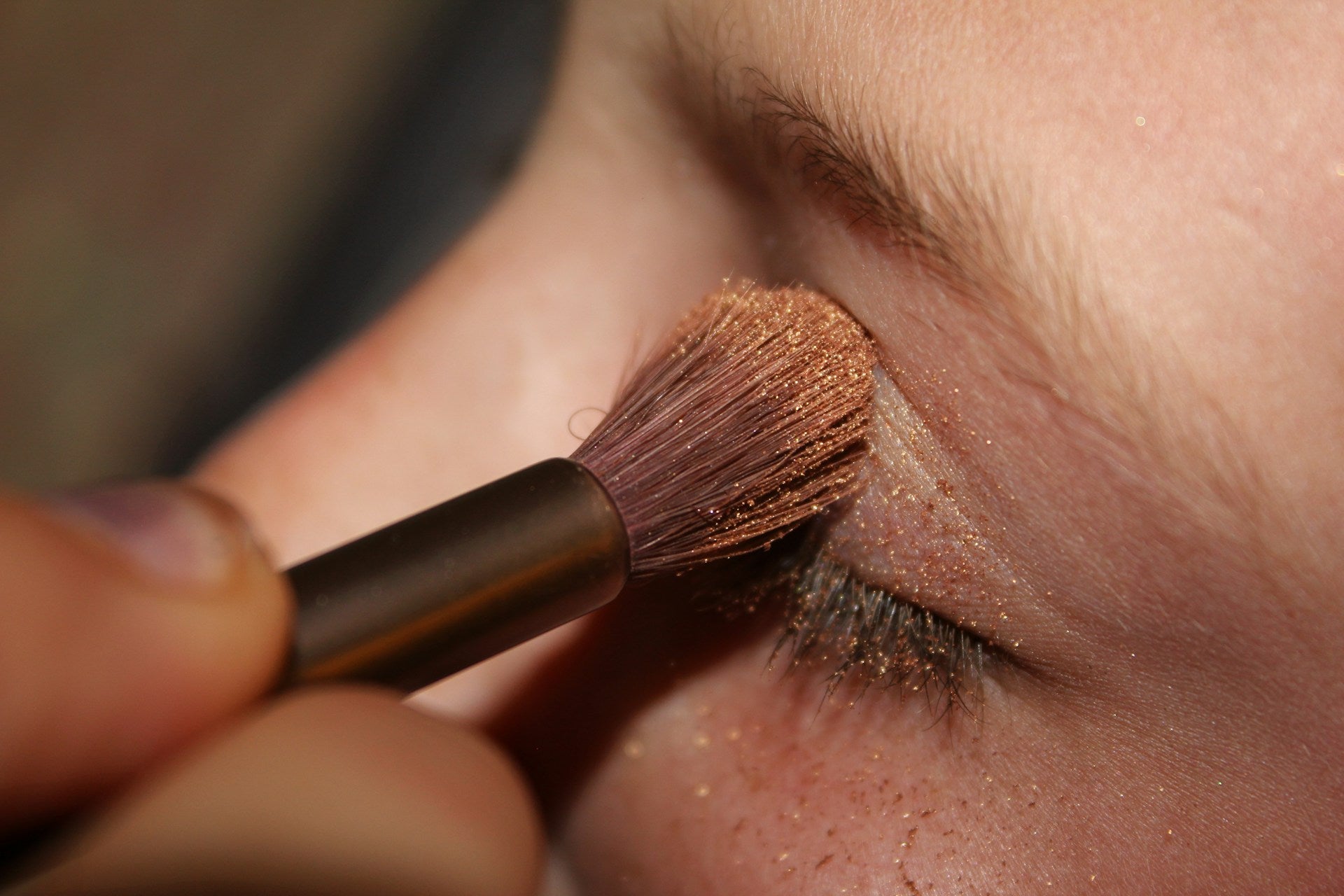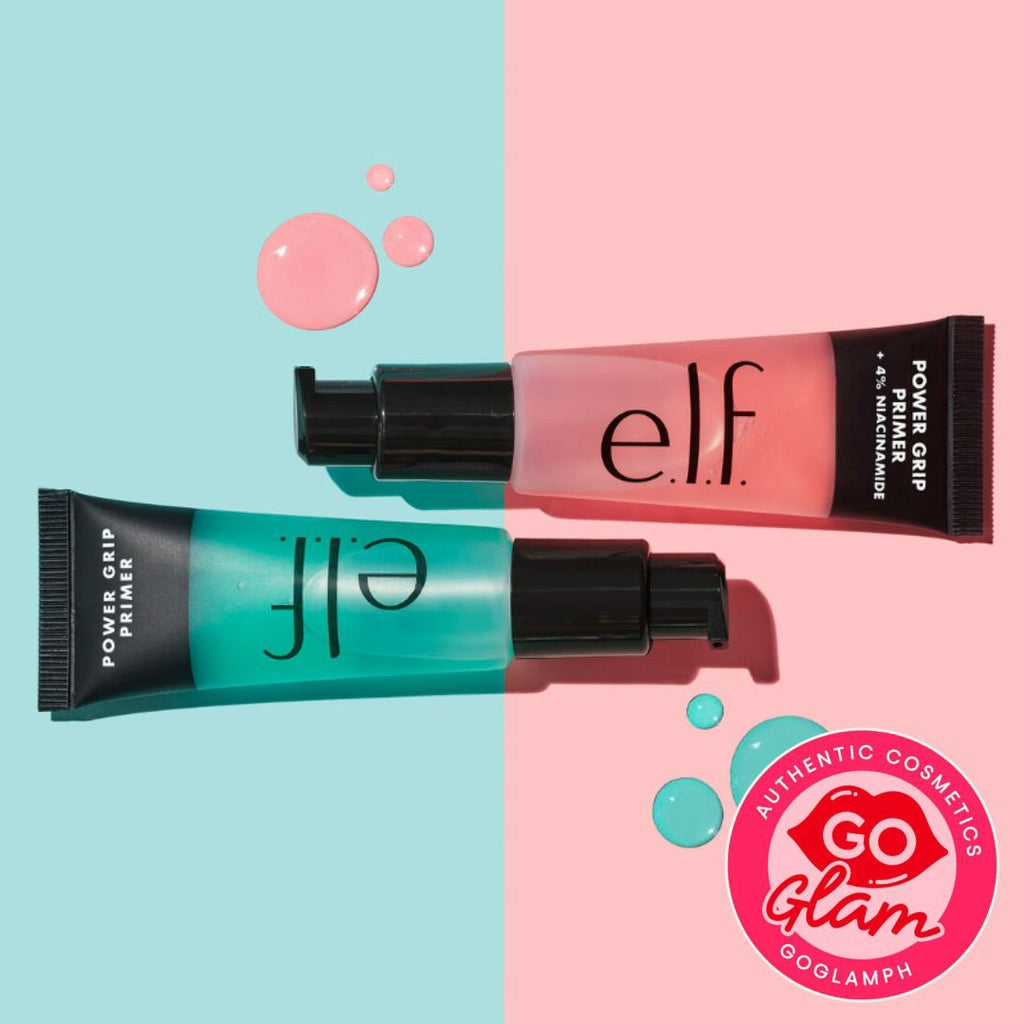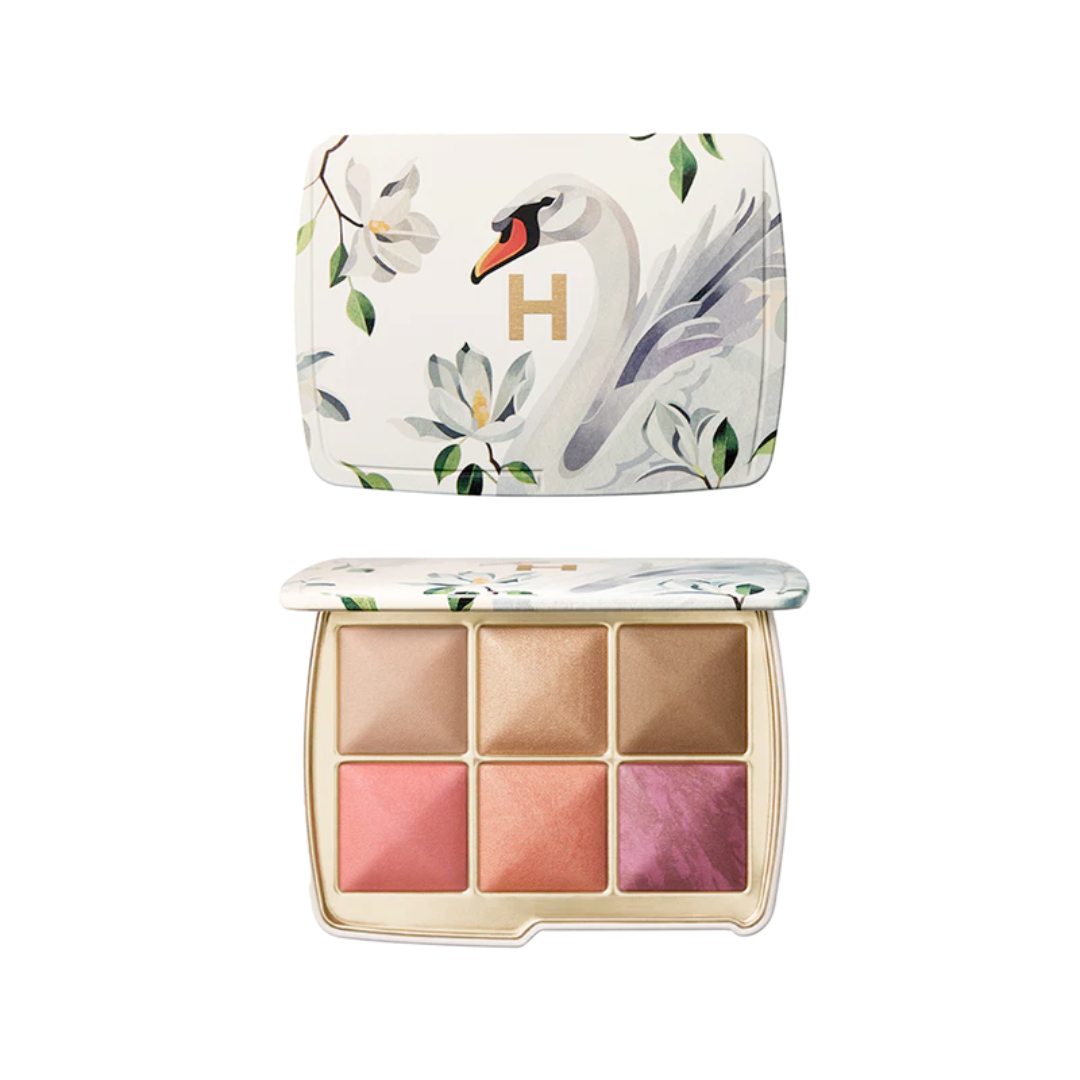Makeup can be a fun and empowering part of daily life. It helps us express our personality, boost confidence, and feel ready for anything the day brings. But sometimes, that swipe of blush or dab of foundation can do more harm than good. Redness, itching, or bumps after applying a new product can be more than just inconvenience. It might be your skin signaling an allergic reaction.
Allergic reactions to makeup aren't always immediate or dramatic. They can sneak up over time, showing up as dryness, sensitivity, or irritation long after you've started using a product. Whether you're experimenting with new makeup or sticking to familiar favorites, knowing what causes these reactions and how to deal with them makes a big difference in keeping your skin calm and clear.
Common Causes Of Allergic Reactions To Makeup
Allergic reactions happen when the skin comes into contact with something it doesn’t like. In makeup, many substances can act as triggers, depending on how each person’s body reacts. Some are common across different products, while others may be specific to certain types of formulations.
Here are a few common things that can cause reactions:
- Fragrances: Many makeup products are scented to make them more appealing, but fragrance is a major trigger for sensitive skin.
- Preservatives: These are added to stop bacterial growth, but some types like parabens or formaldehyde-releasing agents can irritate the skin.
- Dyes and pigments: Bright colors in lipsticks, eyeshadows, and blushes often contain synthetic dyes, and some of those can cause itching or rashes.
- Alcohol-based ingredients: Found in setting sprays and other liquid makeup items, these can dry out the skin and lead to inflammation.
- Certain oils or waxes: While they help with texture and blendability, some oils or wax compounds might clog pores or cause flare-ups.
Another factor to keep in mind is the product’s overall formula. Heavier formulas with lots of additives may pose more risks for individuals with sensitive skin. Very lightweight formulas with minimal ingredients can reduce irritation, but only if they’re made well and match your skin's needs.
Using knockoff or unverified makeup products, especially those that claim to imitate higher-end brands, can lead to more aggressive reactions. These products may contain unregulated or banned ingredients and often skip safety testing. They may even harbor bacteria if they weren’t stored or packaged correctly. Even if they look identical to trusted items, what's inside is what matters to your skin.
Makeup sensitivity isn't always about a single ingredient. Sometimes, it's the combination of several things that sets off a reaction. For people with eczema, psoriasis, or other skin concerns, even small amounts of certain chemicals can lead to discomfort. The key is knowing what your skin is sensitive to and being careful when trying something new.
Identifying Allergic Reactions To Makeup
Reactions can show up in different ways depending on how your skin responds to the product. While it might be tempting to brush off a bit of redness or dryness, paying attention early can help you avoid bigger irritations later on.
Some common symptoms of a makeup-related allergy include:
- Itching or stinging shortly after applying a product
- Red patches or small, raised bumps
- Flaky or scaly skin, especially around the eyes or mouth
- Swelling near the application area
- Breakouts that aren’t typical for your skin
If you’ve used multiple new products recently, it can be hard to tell which one’s causing the problem. A patch test is one of the easiest ways to find out. Before adding a new product to your routine, dab a small amount behind your ear or on the inside of your wrist and wait 24 to 48 hours. If there’s no change, it’s likely safe to try. But if any irritation shows up, it’s a clear sign that your skin doesn’t play well with that formula.
Don’t ignore mild symptoms, especially if they seem to come back whenever you use a specific product. Your skin may be warning you about a developing sensitivity. Try using products one at a time so it’s easier to figure out what’s causing an issue.
It's also important not to rely on packaging claims alone. Just because something says natural or gentle doesn’t always mean it works for your skin. Every person reacts differently, so the best way to find out is by testing new items in safe, small amounts before applying it to your whole face. Taking small steps can help you avoid days of discomfort or longer healing periods.
Immediate Steps To Take When Reacting
If you suspect your skin is reacting to a makeup product, stop using it right away. Don’t try to cover the irritation with more makeup because that can make things worse. The first goal is to give your skin a break and allow it to calm down.
Start by gently rinsing your face with lukewarm water. Skip the cleansers, especially ones with active ingredients like acids or scrubs. Use a clean towel and pat dry without rubbing. If your face feels tight or stingy, a cold compress can help offer relief. Wrap an ice pack or cool damp cloth in a soft towel and apply it to the irritated area for a few minutes.
For mild reactions, you can take some extra steps at home to help your skin recover:
- Avoid sun exposure while your skin is healing
- Do not pick or scratch itchy areas
- Skip skincare with harsh chemicals or fragrances until your skin returns to normal
- Keep the area moisturized with a lightweight, unscented cream
If the irritation spreads, includes swelling, or doesn’t start to improve within a day or two, it’s best to check in with a doctor or dermatologist. They’ll be able to pinpoint what’s going on and help you prevent it from happening again. Medical help is especially important if you experience symptoms near your eyes or mouth, or if blisters form.
Once your skin has settled, try not to rush back into your old routine. Reintroduce products slowly, one at a time. This makes it easier to figure out what caused the reaction without putting your skin through another round of stress.
Prevention Tips For Future Use
Learning how your skin reacts is a big step in preventing future problems. Sticking with quality products you trust and simplifying what you use daily can help. A minimal routine makes it easier to monitor your skin and catch issues early.
Here are some practical steps to keep makeup allergies away:
1. Stick with branded products from verified sellers. These usually follow safety standards and are less likely to contain risky fillers or harmful additives.
2. Look for packaging that says dermatologist-tested or hypoallergenic. While not a guarantee, these can be a helpful starting point for sensitive skin.
3. Store your makeup in a cool, dry place. High humidity can break down formulas or allow bacteria to grow faster, especially in tubs or jars.
4. Replace old products on time. Exposure to air, fingers, and brushes can affect safety and cause new reactions over time.
5. Don’t introduce too many new products at once. Try one item for a few days before adding something else to make reactions easier to track.
6. Remove your makeup as early as possible in the evening. More bare skin time helps restore your skin’s natural barrier.
You don’t need a massive makeup collection to look and feel good. A simple routine using safer, well-tested options can give you the look you want without irritating your skin.
Looking Good Safely In The Philippines
The tropical weather in the Philippines brings unique skin and makeup challenges. High heat and humidity can lead to open pores, excess sweat, and more chances for reactions when makeup mixes with these conditions.
To reduce your risk of irritation, skip heavier creams or waxy formulas on hot days. These can trap sweat and clog pores, leading to breakouts or itchy patches. Choose lighter textures instead. These still get the job done without weighing your skin down.
If you’re spending time outdoors, make sure to wear sunscreen. Pick gentle sunblocks that don’t contain strong fragrance or alcohol-based ingredients. These can burn or sting sensitive skin when mixed with sweat.
During rainy season months like June onward, the humidity can make everything feel sticky. Makeup may slide or break down more quickly. Products like setting sprays or powders with fewer irritants can help maintain your look without disturbing your skin’s balance. Always test unfamiliar products in a small area before using them fully.
The key is adapting your routine as the weather changes. If you find a product that works for your skin during summer, it might be too heavy for the wet season. Pay attention to how your skin is feeling and adjust your makeup accordingly. Staying flexible keeps your skin healthy year-round.
Good looks should never come at the cost of your comfort. Finding what works for you makes applying makeup feel like a treat instead of a task. Stay safe, stay fresh, and give your skin the care it deserves.
Looking for products that won't irritate your skin can be tricky. Our collection of branded makeup products at Goglam Online Shop offers safe and stylish choices, perfect for the tropical climate of the Philippines. Explore our range to keep your skin looking great while feeling comfortable all day long.








